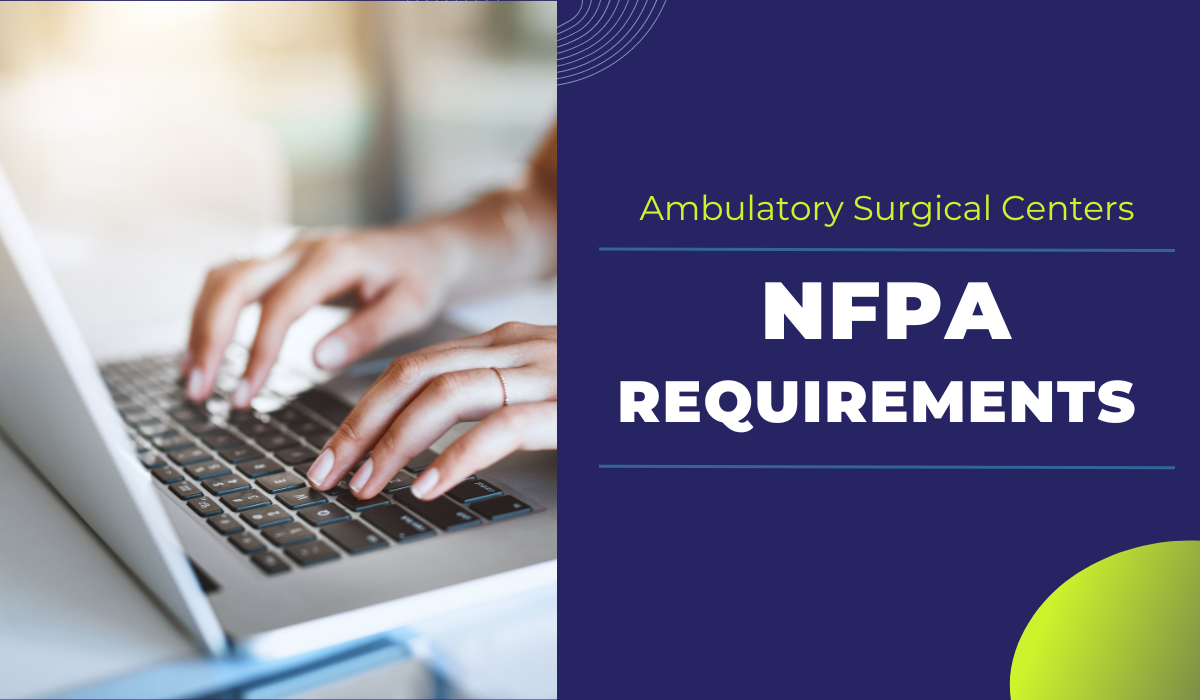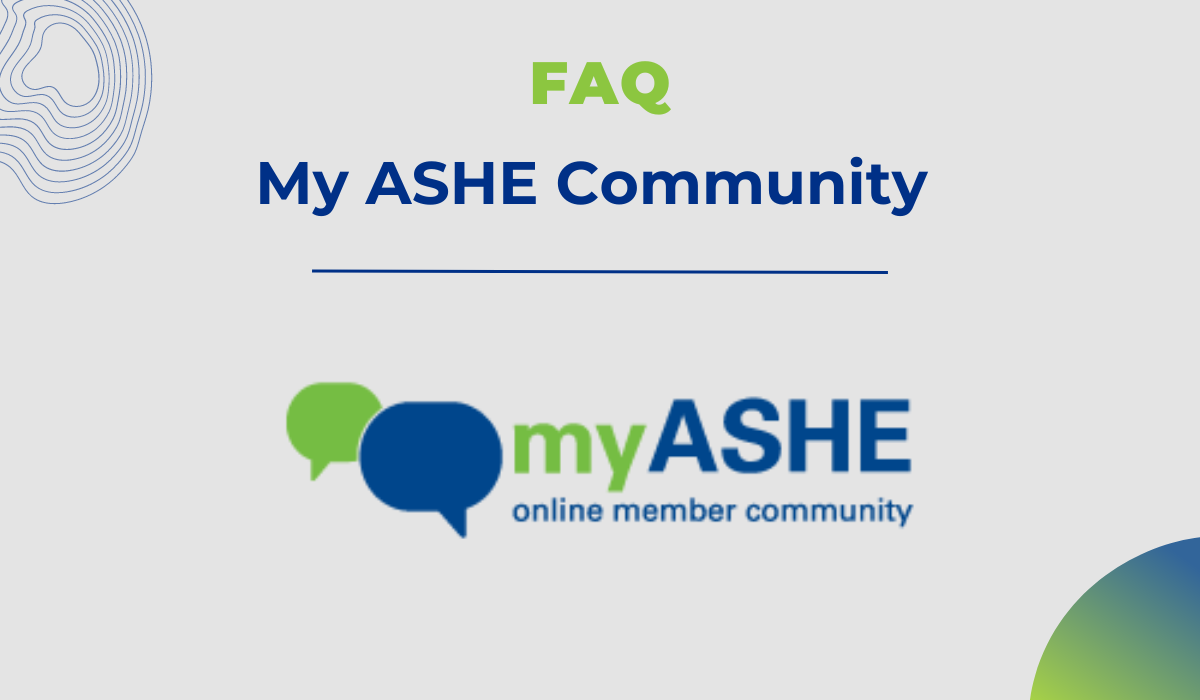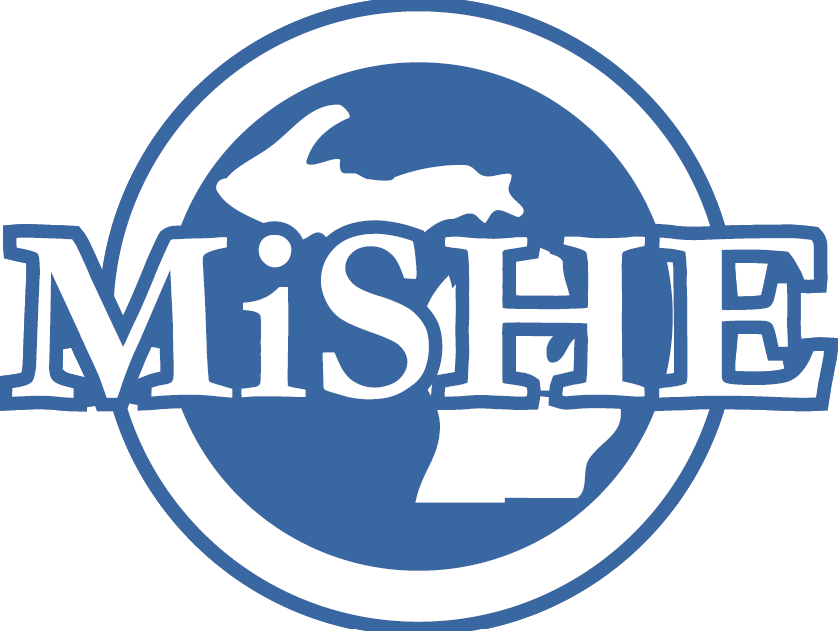The Joint Commission issues Sentinel Event Alert 68
Updating Surgical Fire Prevention in the 21st Century - Oct 18, 2023
To download a PDF copy, click here.
More changes coming to The Joint Commission’s EC and LS standards for 2024
Revisions that will soon go into effect align with CMS’s Conditions of Participation and remove references for certain AEM programs
The Joint Commission recently announced changes to the Environment of Care (EC) and Life Safety (LS) Chapters for hospitals. The changes echo previous revisions The Joint Commission made to its Critical Access Hospital (CAH) accreditation program in an effort to better align with the Centers for Medicare & Medicaid Services (CMS) Conditions of Participation for CAHs.
After completing the deeming process for its CAH accreditation program, The Joint Commission decided that many of the topics discussed during that process also applied to organizations accredited through its hospital program. Those discussions resulted in the following changes, which go into effect Jan. 1, 2024.
First, EC.01.01.01 Element of Performance (EP) 12 is a new EP that was added to clarify that hospitals are required to comply with the National Fire Protection Association’s NFPA 99, Health Care Facilities Code, 2012 edition, including tentative interim amendments (TIAs) 12-2, 12-3, 12-4, 12-5 and 12-6. However, they are not required to comply with chapters 7, 8, 12, and 13 of NFPA 99-2012.
Similarly, LS.01.01.01 EP 8 was added to clarify that hospitals are required to comply with NFPA 101®, Life Safety Code®, 2012 edition, including TIAs 12-1, 12-2, 12-3 and 12-4. Although health care organizations have always been subject to these requirements, no EP existed previously that explicitly stated so. The addition of these two EPs is not expected to result in a change to the survey process.
Other changes made by The Joint Commission impact alternative equipment maintenance (AEM) programs for the following Environment of Care EPs: EC.02.04.01 EP 4; EC.02.04.03 EPs 2 and 3; EC.02.05.01 EP 5; and EC.02.05.05 EPs 4- 6.
The aforementioned EPs all were modified to remove references to AEM programs for the following equipment and components:
- Medical equipment
- High-risk medical equipment
- Operating components of utility systems
- High-risk utility system components
- Infection control utility system components
- Non-high-risk utility system components
“Even though it is no longer stated in the EP, hospitals may continue to use an AEM program,” says Herman McKenzie, MBA, CHSP, director, physical environment department, The Joint Commission.
“Joint Commission surveyors will be following the internal guidance in the Surveyor Activity Guide in Appendix GG. This content is a direct reflection of the guidance in CMS’s Standards and Certification Memorandum S&C-14-07.”
For more information, see the prepublication requirements published by The Joint Commission and CMS’s S&C-14-07 letter.
Reprinted with permission from Leah Hummel.
The American Society for Health Care Engineering (ASHE) has numerous resources to assist organizations on their succession planning journey, including the “Succession Planning: Preparing for the Future of Your Facility and Your Career” monograph. Local and regional chapters may have scholarship opportunities and additional resources to support building the foundation for successful student internship programs. It's never too early to start planning for the future.




